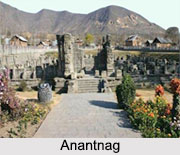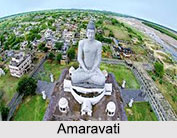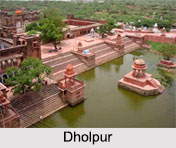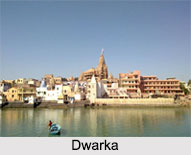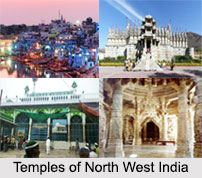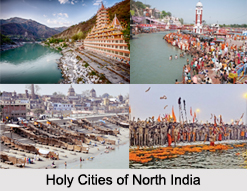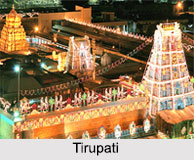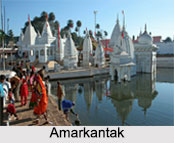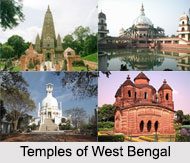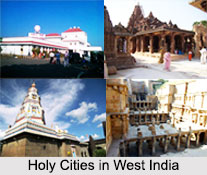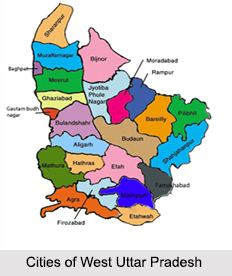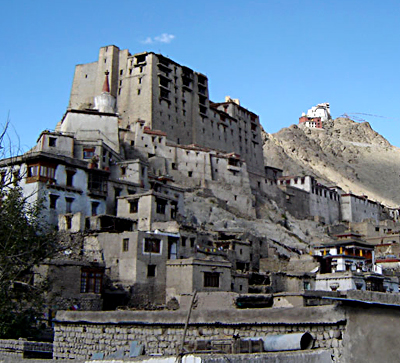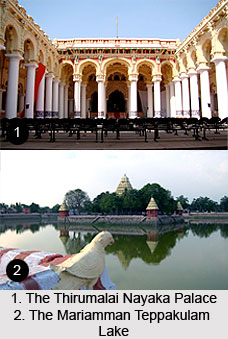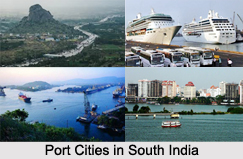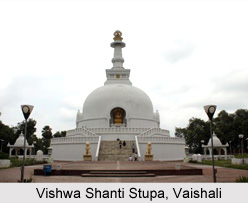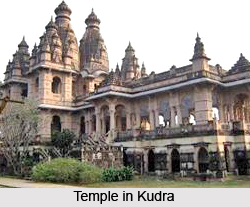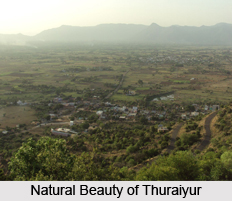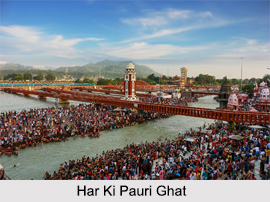Numerous towns and cities have flourished in the heart of the Indian subcontinent. In Tamil Nadu also one finds no dearth of cities as well. Nellikuppam can be earmarked as quite a significant city there. It is located in the district of Cuddalore of the same state. A municipality also has been set up so it can supervise the administration of Nellikuppam.
The extensive surveying in Nellikuppam has enabled the demographers to gather enough information related to its demographical scenario. The city has a population of 44,191(2001 census). Interestingly, Nellikuppam has an equal proportion of both male and female residents. In other words, male populace constitutes 50 %, while the remaining 50% is taken up by the female folk. The city`s11% populace constitutes of children who are below six years of age.
Being the vital yardstick for gauging a city`s development, the literacy condition of Nellikuppam too acts as vital information about its growth and prosperity. Thus Nellikuppam`s average literacy rate constitutes 69 %, which is even higher than that of the entire nation (59.5 % is India`s average literacy rate). Out of it, male literacy comprises 76%. Just like its population status, female literacy rate is also less compared to the male counterparts. Female literacy rate is marked at 61 %.
Economy of Nellikuppam is primarily agro based. There is another reason for which the city has drawn the admiration of Indian historians. The East India Company had formed the East India Distilleries (E.I.D), which is the first distillery factory in India by the British rulers. Nowadays this company, named as E.I.D Parry, is under the Murugappa group. Varied items like sugar, Parry`s chocolates and spirits are being produced and exported to other countries.
Nellikuppam lies at a distance of 200 km from Chennai. Chinna Theru Palli, a prominent mosque is its prime place of interest. Enthusiasts from various places frequent the mosque. Other tourist locales like Vadalur Sathyagnana Sabai, Pichavaram, Chidambaram, Neyveli and Pondicherry are worthy places for visits, located in the city`s vicinity.
Due to its integrity with Cuddalore district it is obvious that people of Nellikuppam shall follow the same trend and tradition. Agriculture is the main source of income for the people. Primary crops that are grown here include groundnuts, gingelly, cotton, sugarcane, pulses, millets and cereals. To meet their daily requirements, people maintain fisheries and practice animal husbandry.
